Old content
This post is over 3 years old. Some of the content might be out of date. If your after something more up date, check out our latest posts. If you want to find out more about the content on this page, contact us.
Simon Withers is an artist whose work has incorporated painting, sculpture, performance, photography, sound, writing and play-acting. He has participated in over 140 exhibitions. Having been an artist for over 30 years, four years ago he stopped making work due to mental health issues. Recently, he began photographing swans on the River Trent, as a way, perhaps, of using creativity to heal.
This blog is the fifth in our #WINDOWONTHEWORLD series which offers a platform to artists who are using creativity to shine a light on the experiences of those who are vulnerable.
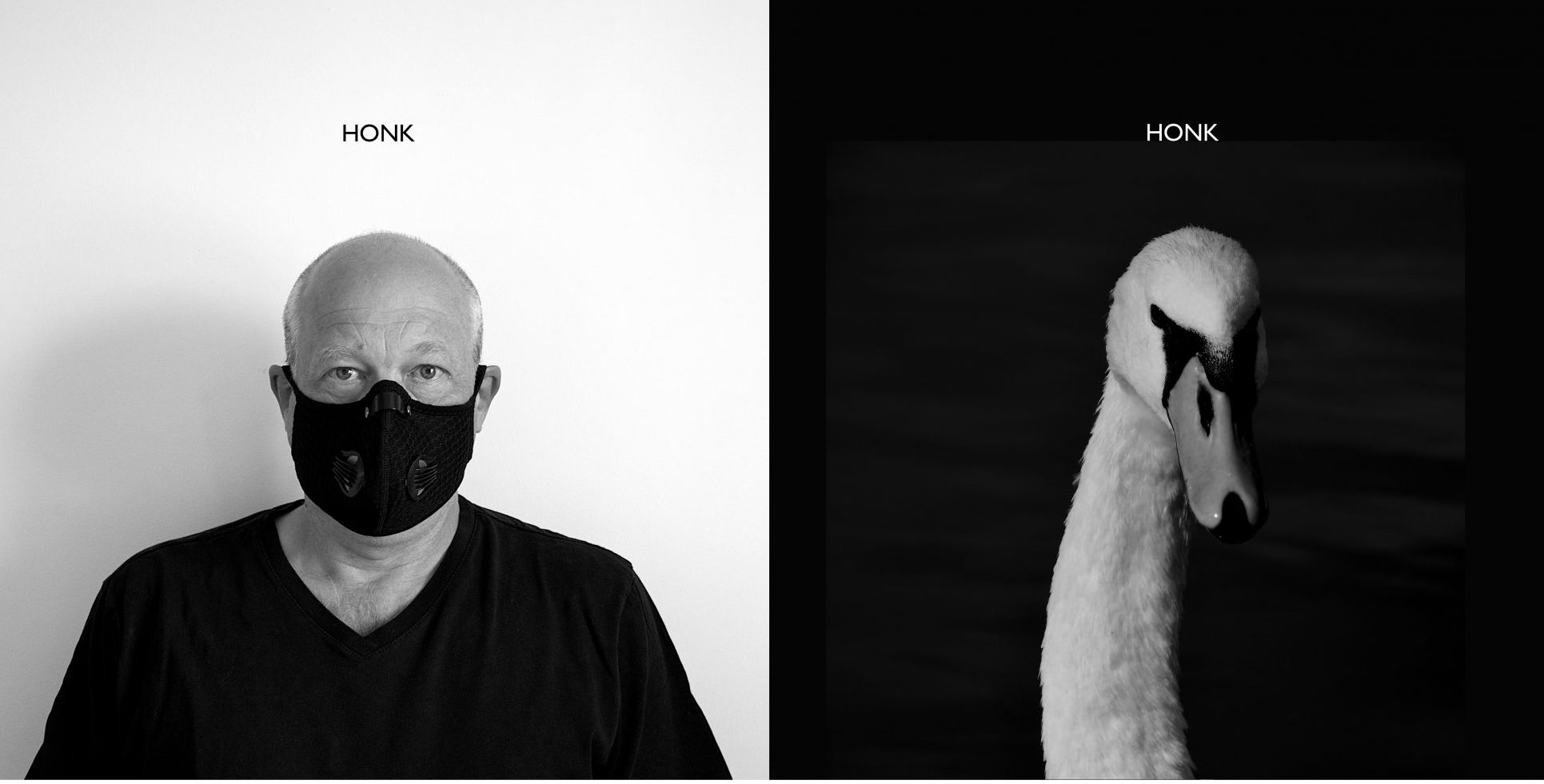
Part 1
In August 2019 I unexpectedly purchased a small digital camera and for the next 20 months (and counting) I have been taking photographs of Mute swans* on the River Trent. For delicate reasons I shall refrain from entering any details as to why I began taking photographs of Cygnus olor**, suffice to say that one sunny morning returning from a counselling session I encountered a swan resting on the concrete steps along part of Nottingham’s River Trent. I sat down by the swan and gave it some birdseed. I lay on my front and proceeded to photograph the swan for close on three hours until my two batteries became exhausted. I sat up, and the swan came closer to me. I thanked the swan and continued on my journey home. At some point I recounted a thought in my head…a notion. I had been an artist for over 30 years and five years past I dramatically ceased making work due to mental health issues; perhaps, I had thought, found a way of using creativity as a way of healing myself…for me the business of creativity had always been one of distress.
There are numerous collective nouns for a group of swans, a bank, a ballet, a lamentation or a serenity of swans. To this nomenclature I’d like to add, an aggressiveness of swans. Having spent several years photographing, feeding and being bitten by swans I have observed just how ferocious Mute swans are. In 1972 president Richard Nixon gifted to Chairman Mao, ‘The Bird of Peace,’ a pair of mute swans in porcelain. The choice of swan as a peace bird symbol had been suggested by a worldwide group of ornithologists as more appropriate as a symbol of peace over the hackneyed dove; inside every mute swan are both a hawk and a dove; they are conceivably the original rebel angels!

I have taken a fair number of photographs of swans over the past 20 months; the total far exceeds 300,000 images in both JPEG & RAW formats. I shoot through the camera in black and white. Black and white photography for me is highly effective for creating images of high contrast, subjects are revealed anew with dark shadows and bright highlights and in the absence of colour, forms become more pronounced…in someway I can get rid of the visual clutter. In my photographs the swan becomes an essence I would ask myself, what makes a swan a swan?
The swans have dominated this point of my life, the time frame extends outside the year of Covid lockdowns, I somersault through a period of unrest, sadness, profound states of loss, longing and melancholia. The swans have provided me with many happy and amusing times, and these will nourish my memory banks. I sometimes feel the swans found me; as much as I found them I love my swans.
Together we have broken three cameras including (in less than three months), my new Nikon D500). I now take photographs on my old faulty DSLR when the camera permits me.
*Mute swans are far from mute!
** Both mean swan in Latin.
Part 2 – Bread & Circuses
In September 2019 I made a definite pact with a swan and thereafter this agreement would apply equally to all swan encounters, ’Food for Photographs.’ For on each subsequent occasion I take photographs of swans it will be in exchange for food.

I go and visit my swans each and every day; come rain or snow, through dispiriting Northerly winds sent by Boreas or idle winds which blow right through me rather than going around…and with the welcome return of the sun both the swans and I hope for abundant and more contented times.
The Mute swan has been a resident in the British Isles for centuries. I need to research as to when we began feeding bread to swans. Professor John O’Halloran from the UCC has asserted that there are records (dating back to the 1650’s) when, in the City of Cork people were seen feeding bread to swans.
I am aware that feeding bread to swans is a contentious issue and I am certainly not an authority on the subject, however I am learning and over the next year or so I hope to undertake some rigorous research on this subject. At its most basic offering bread to a swan (in the depth of winter for example) can prevent starvation.
Since the spring of 2020 I concentrated on the comings and goings of a bank of around 25 swans on a part of the River Trent close to my home. As winter set in many of the swans migrated to winter-feeding grounds. For several weeks I had two swans for company. Over a period of the next few weeks many of the swans that had left began to return and by March of this year the number had raised to over 65. This is possibly the highest number of Mute swans seen on this stretch of river for a fair number of years.
Included in the 65 were three ringed swans. Of the ringed swans I took down each swans respective number and submitted the information to an international database. One swan had been ringed in Staffordshire and the other two that arrived together had been tagged at different locations, one from WWT Slimbridge Wetland Centre in Gloucestershire and the other from Ulley Country Park in South Yorkshire. Over time it became evident to me that this pair were a twosome and of mating age. At 4 years old a juvenile swan will live as part of a flock and thereafter it is deemed to be an adult and to be of breeding age. This couple remained with the bank for several months before taking leave, possibly to find their own mating territory.
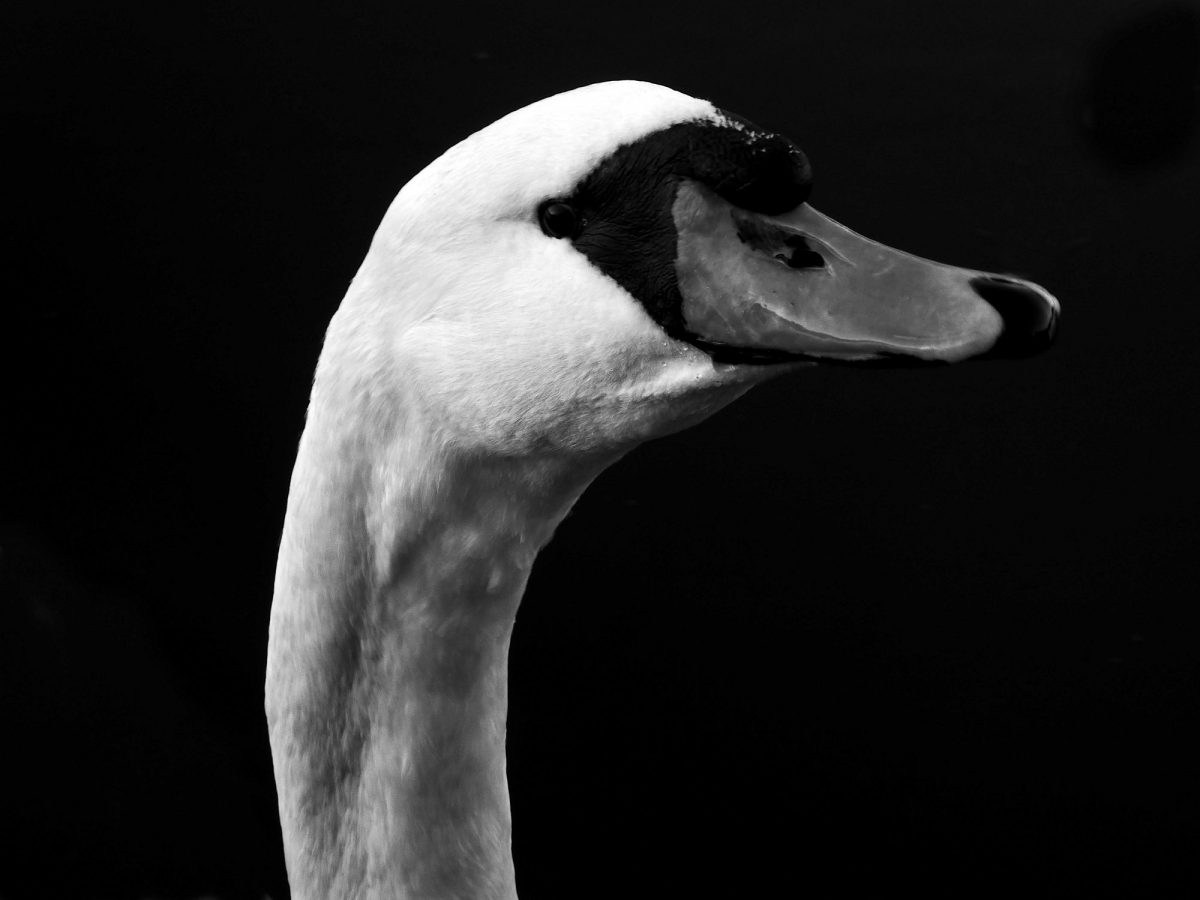
Swans are primarily herbivores; this essentially means that the main source of food is aquatic vegetation such as pondweed, waterweed and musk grass. A swans diet may also consist of small amounts of creatures that may be within their vicinity, frogs, fish fry, tadpoles, small insects and worms. I have observed an adult swan eating a frog quite recently and I have read that as swans turn from juveniles into adults they will eat far less creatures. I have observed the parents of cygnets aggravating the water to release from the surrounding vegetation tiny fish, tadpoles, and worms for the cygnets to feast upon.
Each morning I fill up my backpack with breakfast for the swans. I will carry a copious quantity of swan food; these are small round pellets that float on the water and the composition of them makes it a far healthier option than bread. In addition I will slice and dice a variety of vegetables. This will vary but in the main I will include carrot, potatoes, defrosted peas and sweet corn. There are times when I will forage for dandelion leaves, wash and chop them up and add them to the vegetable mix.
I will add a cautionary note about feeding potatoes to swans. Although uncooked spuds are perfectly fine for swans it is advisable not to feed any raw potatoes that contain green, the humble potato is part of the deadly nightshade family so they can be poisonous.
Some mornings on my way to feed the swans I purchase wholemeal bread. As winter set in food became far scarcer for them. I had fewer in number to help support and found that there were two items that all swans would eat, swan food and bread…not all swans like vegetables and those that do will not like them all.
What is not uncommon and I have only seen from a distance are swans eating from a farmers field. Swans will supplement their diet by eating cropped grass or other field vegetation such as ploughed up potatoes, turnips or the remnants of post-cropped lettuce. Swans when eating from a farmers’ field has plenty of space to take off and land. I suspect some swans injuries to feet may well occur whilst undertaking this.

I had anticipated this bank of swans would have migrated to winter-feeding grounds…yet they remained and possibly I contributed to the swans remaining on this stretch of water…did I help keep them alive? Swans on average weigh between 20-27 pounds and need to eat sufficient to support their mass and body temperature of 40 degrees Celsius (by comparison a healthy human being is around 37 degrees). Swans need to generate a significant amount of energy and I have read that a swan needs to eat a hefty amount of food to sustain such a high body temperature, on average they need to consume 20-25% of their body weight each day (approximately 4-7 pounds of food). Swans require a varied diet and bread will help fill them up but it will not give them all the important vitamins and minerals and nutrients they need.
The River Trent in winter is a hostile environment and I have to evaluate my actions…do I interfere with nature, or is this question far to naive? I like to consider what I have become involved in is something far more habitual. In many ways I need the swans as much as these need me. To see all but two disappear induced great sorrow and sadness within me, weeks later as I begin to see many familiar swans return deeply affected me…have I profoundly changed the order of things?
In 2008 a commercial bird food company teamed up with a rescue charity and launched the ‘Ban the Bread’ campaign to persuade the public to purchase their products to feed to swans and ducks. The campaign went viral and parks (including the Trent Embankment) started to put up no bread rules. By the winter of 2007/2008 British swans were in dire straits, swans began to starve, people were no longer feeding bread or anything else to swans. In many ways this campaign continues to have an adverse affect, both in terms of feeding bread to swans (especially in winter) and to those who are feeding bread, we succumb to abuse.
In 2019 the Queens Swan Marker David Barker issued an official statement backed up by research from Oxford University:
While bread may not be the best dietary option for swans compared to their natural food such as river weed, it has become a very important source of energy for them, supplementing their natural diet and helping them to survive the cold winter months when vegetation is very scarce.”
I will also add that if you are to feed bread to swans that it is not mildew. Bread mould is slow moving within the digestive system of a swan and because of this the toxins can turn poisonous and can kill a swan within a week. Where possible make sure the bread is fed to them whilst they are in the water, this is so the bread is moist (this aids digestion)…and try not to encourage swans to venture out of the water. I seek not to deter anyone from feeding swans bread and it is an enjoyable pastime for both adult and child alike.
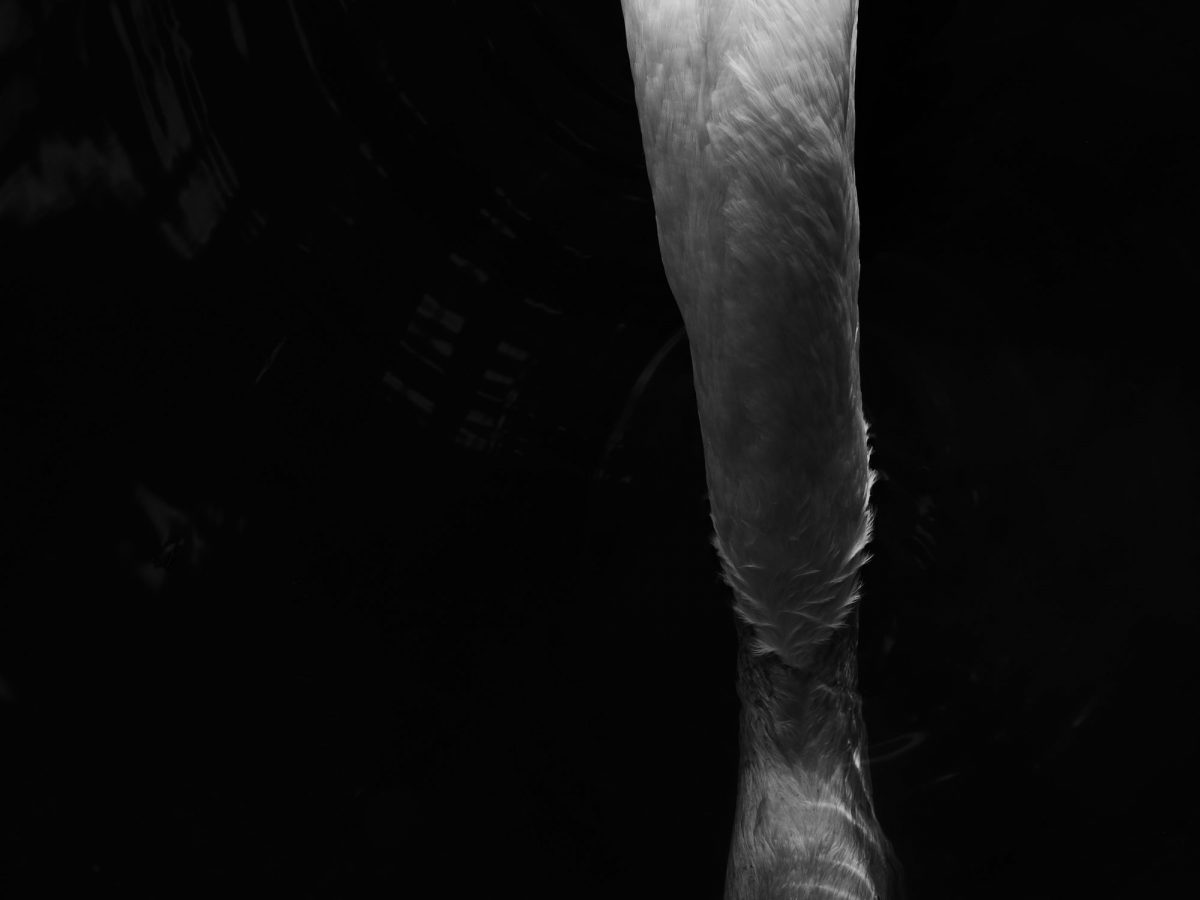
I have written about swans need to consume a significant amount of food to live, burning up unnecessary amount of energy is not helpful when food is scarce. There are questions as to how we can help swans and some of this is how we can modify our behaviours in the presence of swans. It is worth remembering we co-exist with swans and in many ways the rights of nature (at best) needs to be respected over our own selfish pursuits. Swans are not a form of passive entertainment in which we contribute little to them…they are not pets.
This blog on feeding swans cannot completely edify this knotty issue and I have no wish to lecture those who are reading this. What I can advocate are changes to how we approach this practically. If people wish to feed the swans bread then try offering them Wholemeal bread as an alternative to traditional white sliced bread which has little or no nutritional value. When I have approached some people to consider making the switch the news has been disappointing to them and I have met derision from some. I have top ended this blog with the title Bread & Circuses, my use of this term is not adhering to a dictionary definition of the term but something a little more nuanced as to how we may perceive our relationship to nature. During this year of Covid, many people are reconnecting to nature in all its forms and with this some old traditions and habits ensue, such as feeding white bread to swans. Many people are aware we need to do things differently, we need to change customs and we need to view nature differently, it is not apart from us, it is part of us. For some the feeding of bread will only ever be seen as a form of amusement, it is not about giving swans something nourishing to eat…somewhere this reflects as to the kind of society we have, a few crumbs satisfies none.
Part 3
I have written that I have ventured out each and every day to feed, photographs and be bitten by the swans. I have very much experienced some aspects of the life cycle of a swan, however I continue to observe new different behaviours.
I have returned to where I first started, observing the swans, through the eyes rather than through the lens. It is not that I have captured all there is to see, this is far from the truth…there are incidents and encounters that I have no idea how to capture…how to tell the story or to document swan irregularities for my own interest or for further study. I am currently reading a paper from the School of Biological, Earth and Environmental Science and Environmental Research Institute, University of County Cork. The paper concerns an investigation of an anomalous pink feather colouring in the Mute Swan. An additional document I am reading is about feeding activity and the body condition of Mute Swans in rural and urban areas (Written by Jane Sears).
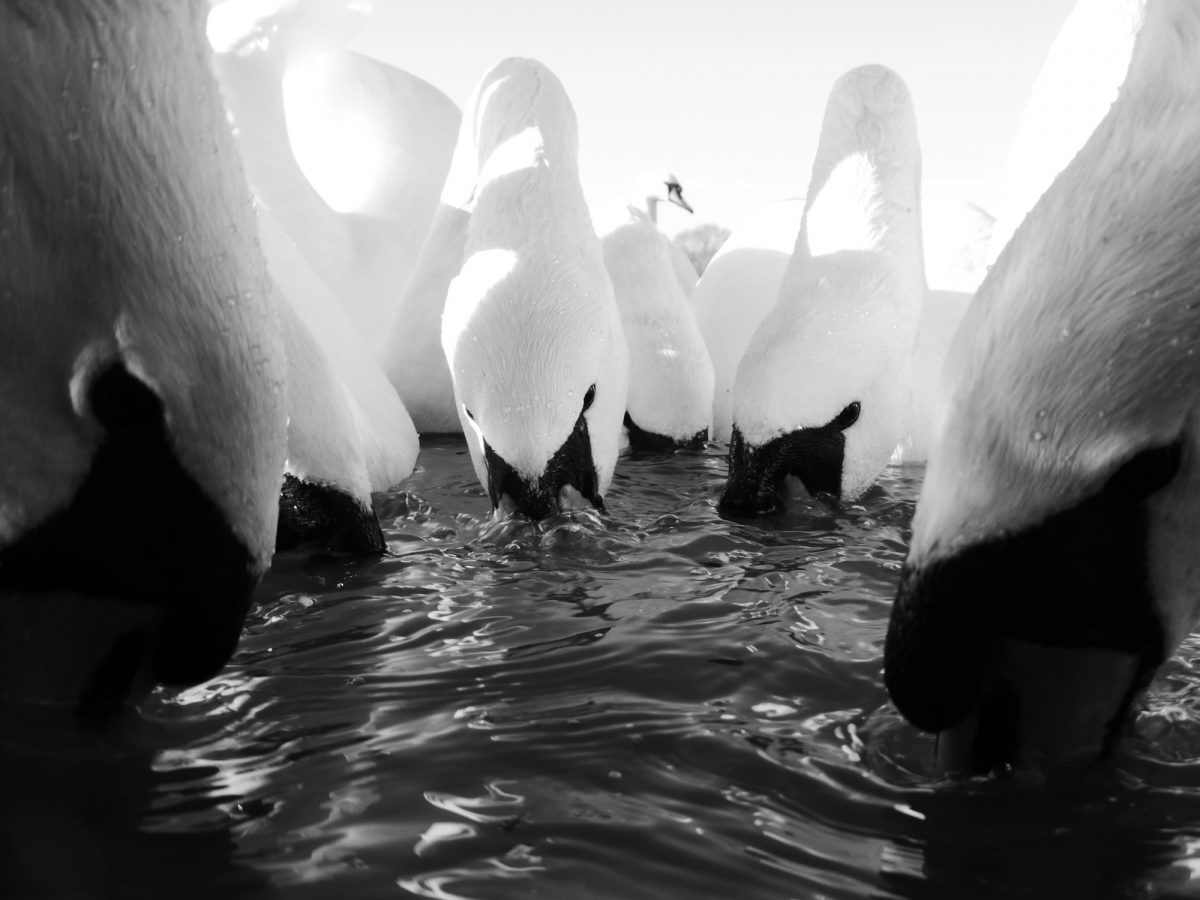
Winter was all about survival, each day I would try to make sure I provided enough food for the swans to help ward off starvation. I had anticipated that the swans would migrate and so no swans would remain on the stretch of the river I frequent. At best I projected that, as in the previous year two swans would see off all competitors and winter on the local Iremongers Ponds. The winter of 2020 would be different, the swans would remain on the river and I would do my best to help support them.
In winter the fast flowing river is a harsh environment, there was precious little nourishment to be gleaned from the various decaying water plants. By December what was once luscious was now brown and rank. The food on the ponds was no different and on a number of occasions during the previous winter I would sometimes see either of the two swans take flight only to return several days later. The swans would greet one another and then the second swan would fly off to search for food…the best I could do was to help them survive the treacherous months. Sometimes (including Christmas day) the swans would see me before I saw them and on one occasion one swan abandoned its take-off to feed.
By the cusp of spring 2020 these two swans began to swim on the Trent and then one day they left and I never saw them again…the profound loss was as all mine. This couple I named David and Sarah Swan, they helped me through the winter and I learned much from them, something’s were about myself, patience, slowness, self reliance, the broadening of my creative mind and dare I say love and compassion and a renewal of my empathy. I had hoped they were to remain on the ponds to breed…Mr & Mrs Angry had different ideas!
Part 4
Mr & Mrs Angry swan arrived on the Trent at the cusp of winter turning into spring in 2020. I first encountered them (one evening) terrorising two juveniles. Rapidly Mr & Mrs Angry became the dominant pair on this stretch of the River frequently seeing off the bank of 20 swans…chasing them off down river (towards Trent Bridge).
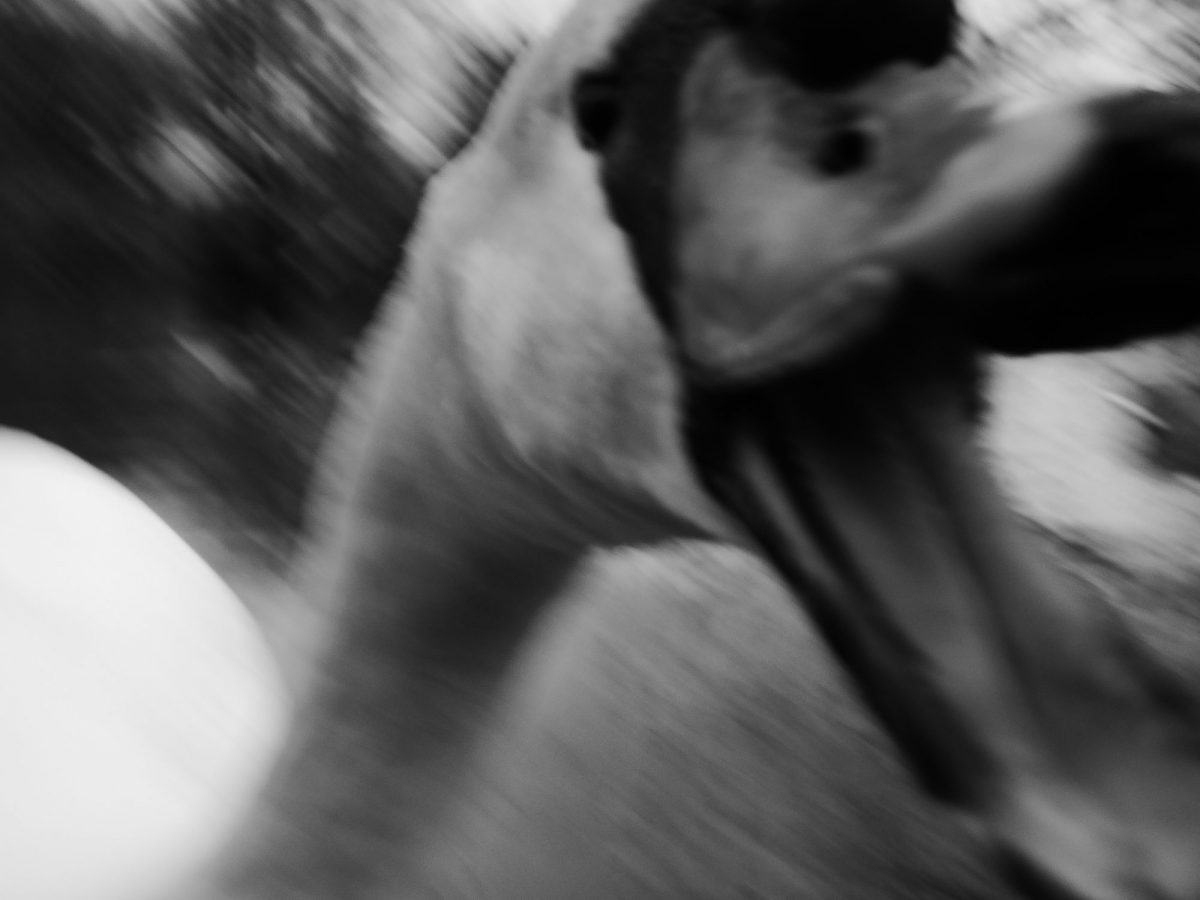
Mr Angry and Mrs Angry each and every day came up to me to feed, Mr Angry would first bite any part of me in reach…yet whilst feeding he would take food from out of my hand with great tact…it remains necessary to bite the hand that feeds.
During the course of the summer I had the privilege to see Mr & Mrs Angry become parents, sadly out of a clutch of 7 eggs only three hatched of which I saw only two cygnets. Mr & Mrs Angry placed a great deal of trust in me…during the very early stages of development I was able to feed the two cygnets by hand. I frequently knelt down on my knees to feed the young with my face sometimes only inches away from Mr Angry…ever the sentinel, on no occasion did I come in for any aggressiveness from the pair.
Sadly neither cygnet reached the age of six months. The loss of the second cygnet in particular left me devastated and I asked them one day, do you grieve because I do. Mr and Mrs Angry continued to command this stretch of the Trent and I continued to feed them. I began to see a change in their behaviour and they became accepting. As the bank of swans started to encroach on their feeding ground so Mr & Mrs Angry began to retreat from the embankment, they became less dominant…yet each and everyday their courtship ritual strengthened…renewed.
By late September I began to forestall the swans leaving the Trent for winter-feeding grounds…and so arriving one morning Mr & Mrs Angry were absent. For a few days I visited the Trent I had only the company of two swans…Missy being one of them…how long would it be before she too departed?
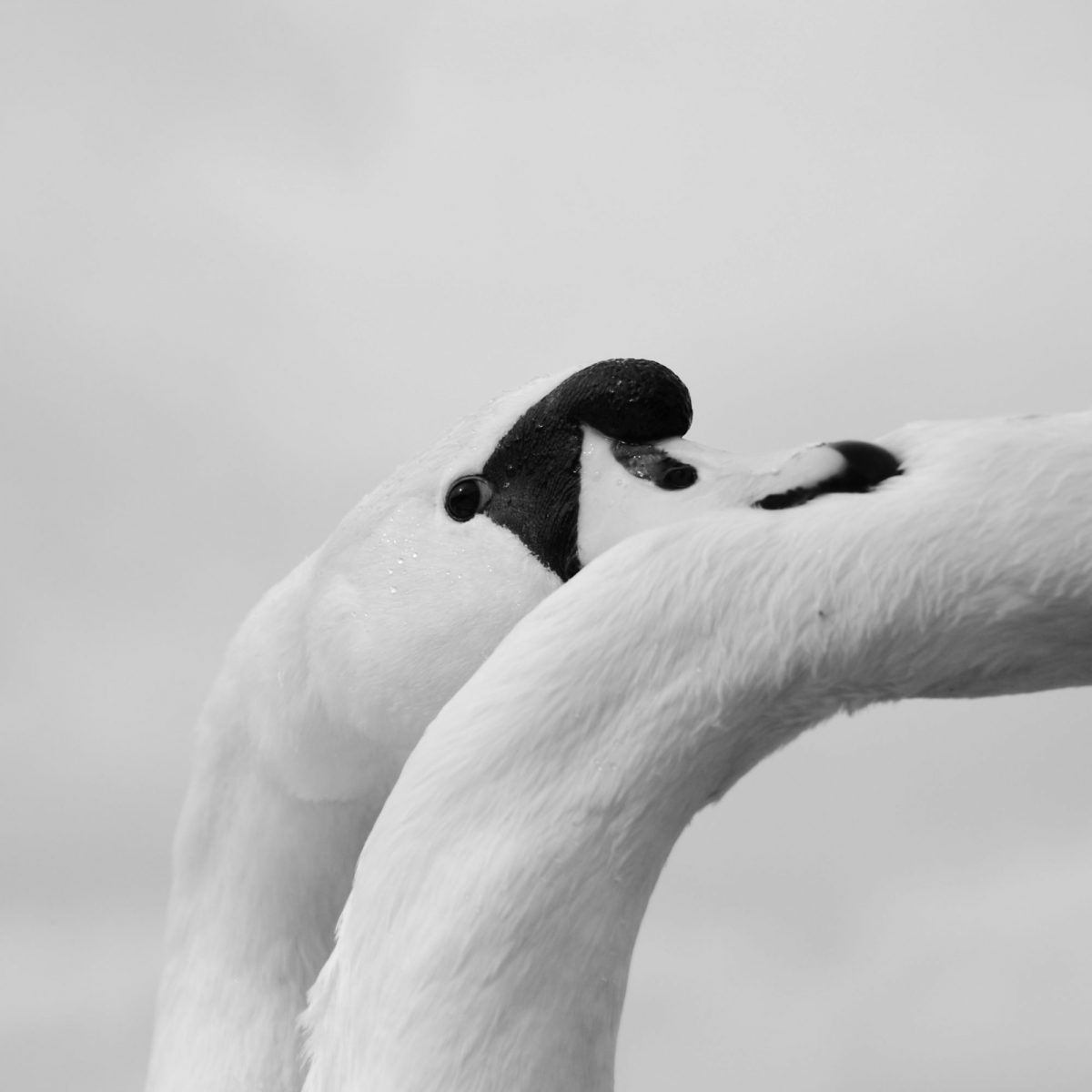
As September rolled into October (to my immense joy) I began to see swans flying in to feed…the number of familiar returning swans increased…For me a highlight was observing (after three weeks absence) Mr & Mrs Angry flying in and landing in front of me…they tootled across the waters straight up to me where upon Mr Angry began biting me! These day visits by the Angries continued for several weeks…then I saw Mr & Mrs Angry no more…until they returned to stay on the 22nd December 2020
I continue to carry scaring on my hands from the bites of Mr Angry; he has never opened his wings in any act of aggression towards me. In the spring of 2021 Mr & Mrs Angry nested once more and had a clutch of 8 eggs of which 7 hatched with now one unaccounted for. I hope this year they are able to rear them into adolescence and for the cygnets to become young swans.
Part 5 – Status: Connected / Abridged
Over the winter of 2019 I went to the Iremongers Ponds near where I lived to feed a pair of swans. I named these two David and Sarah. Together we broke two digital cameras and her follows an abridged conversation with a operations assistant at Panasonic UK.
I had posted to them my first digital camera that was less than three months old to dispose of. I had replaced this with an updated model and within weeks David swan and I have broken the second. Fortunately I had that one repaired until such a time that also became damaged and beyond repair by David the swan.
Jess (Responding)
Jess: Hi, thank you for getting in touch! My name is Jess and I am glad to assist with your enquiry today.
Simon Withers: Hi Jess, good afternoon…this is a first time call/message.
Jess: Good afternoon!
Jess: Thank you for letting me know.
Jess: How may I help?
Simon Withers: OK, this may be slightly obscure from this a Panasonic customer to your good selves…
Simon Withers: On the 14th December I sent a camera back to you (The Bracknell offices). I don’t know if some how that package and the letter that went with it is traceable?
Jess: I understand. I found a case, with 16/12/2019 last activity, and it is about a disposal of a camera? DMC-TZ70 I believe
Simon Withers: It is indeed…that’s the little beauty.
Jess: I got your letter as well attached! A swan which though it would be funny to attack the camera just once.
Simon Withers: yes something like that…up close and personal…I still see the two swans…
Simon Withers: I feed them most days…they are getting more aggressive this time of year…the poor things are hungry!
Jess: It is indeed a very nice letter. The person, who received it, arranged the safe disposal of the unit. Also, you mentioned a new camera in your letter; I hope it is taking good pictures as well.
Simon Withers: I told them about the new camera…They just want more birdseed!
Jess: Oh, did they attack the camera again? 🙁
Simon Withers: Yes David Swan has attacked the new camera. Food is quite hard to find on the pond where they are.
Jess: They got used to you then, it is lovely to hear that you are taking care of them.
Simon Withers: They are delightful…I call them David and Sarah. They have fought hard to see off any competition over the past two months.
Jess: David and Sarah I believe, really nice picture.
I am sure they are wonderful. You know, sometimes people say that you cannot take nice pictures all the time. I think you found the best way to shoot the moment. I really like the one you sent us here. You mentioned you no longer keep up with your art, I do hope though that you share these, since they are really wonderful, especially since you have a story for each and every one of them.
Simon Withers: one day I’d like to find some way of presenting some of the photographs…at the moment this work it at least affords me some peace…my art for over 30 years was just painfully hard.
Jess: indeed, it makes sense. As with every career, there are hardships, and maybe even being an artist is even harder. In any case, the important thing is for you to enjoy what you do.
Jess: You made my day happier, I hope you can keep this friendship with the swans, since it is one of a kind.
(Simon sends to Jess an additional photograph of David Swan)
Jess: I am waiting for David then, I am sure he is on its way; I still did not receive it.
Jess: Oh, now.
Simon Withers: I thank you too…I do send friends the odd photograph of swans when I know they are feeling low or if something terribly sad has happened to them…it helps a little and if these communications help a little then we make life a little better.
Jess: He is still really cute, even if funny a little bit, they really come close to you, do they?
Simon Withers: yes both of them will come up to me and feed from my hand…I find them really funny… I also go to Attenborough nature reserve and on occasions I lay down with a bag of birdseed close to me…I have sometimes 20 swans feeding all around me…some sit on me, others walk over me…its really funny!
Jess: Indeed, everyone should keep this in mind, although we always forget what is really important. You are really one of a kind. Please keep being sunshine! I do believe they do not only come for the seeds, it takes a lot of courage and trust for a bird to come this close.
Simon Withers: Well then Jess…nice having this conversation with you…I guess its time for us both to return to work. Thank you for your lovely comments. It means a lot to me that you can see this within a few moments…you have a lovely afternoon. Thank you.
Jess: You have a lovely afternoon too! I think this was the best conversation I had all this time here!
Please say hi to your swan friends from my end!
Jess: Have a wonderful day Mr Withers, and take care!
Simon Withers: You too. My best wishes to you.
Simon Withers: I will pass on your wishes to David and Sarah…
Part 6
I want to believe that I try and inhabit the world of the swans…rather than feel I am merely using the swans as a form of recreational entertainment or for artful histrionics…I feel I am switched on to the reality, this environment by the Trent is not a naturalistic environment…it is a real life setting, a hinterland of both human and animal alike. I want to believe my experiences and observations testify to a person trying to understand what it is to be human and what it is to be swan…it is an empathic reaction. I get the feeling there may be error and mistake in this. I want to articulate this through my photographs, the words I write and ideas I conceive of.
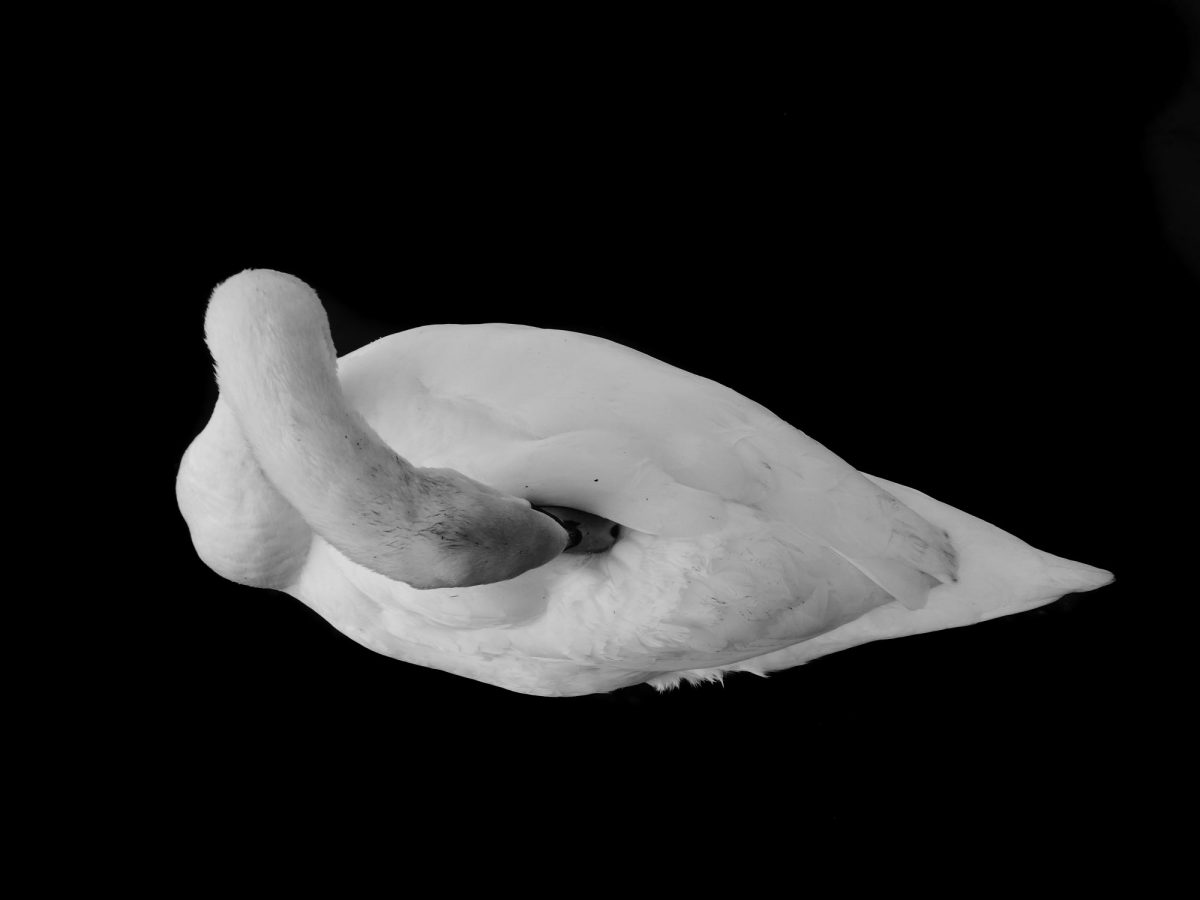
I am aware that I continue to be present with the swans to help my psychologically and emotionally deal with traumas…my repetitions and behaviours become habitual but are they habit forming and If not is this why?
…What it may do is heighten my awareness and increase my attention…I wonder if swans are always in this state?
Whilst feeding the swans it gives me an opportunity to assess the health of the swans. Although my knowledge is scant I am learning about what to look for and if needs be (as a last resort) to intervene…these are writings for another time…I shall return to the realm of swan.
